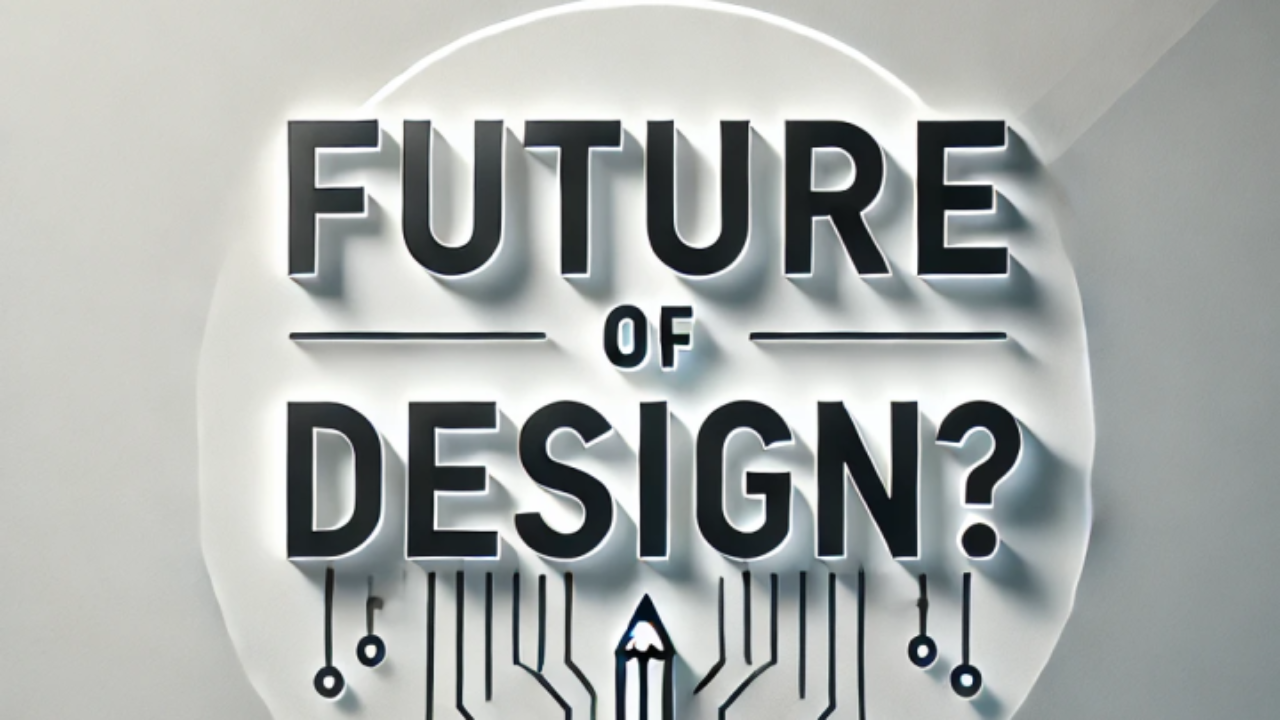Design: A Field in Flux or Flourishing?
Jan 08, 2025
Reading this thoughtful piece on the current state of design by Kevin McCullagh, sparked a reflection that I hope can expand the conversation. The idea that "design is in the doldrums" resonates with some of the challenges we’ve faced—budget cuts, layoffs, and the perception that design has over-promised and under-delivered. But I wonder: Is this assessment too narrow, overlooking the immense strides design has made and the opportunities ahead?
Let’s broaden the lens to consider how far we’ve come, the countless contributions to our progress, and the evolving nature of design itself.
From Cult to C-Suite: Design’s Journey:
First, we can’t ignore that design has transitioned from a niche practice to a key strategic function in global businesses. Think back to the 1990s when design was often relegated to the fringes, seen as purely aesthetic. Fast forward to today: designers are sitting at the C-suite table, influencing corporate strategy, shaping organizational culture, and driving innovation. Isn’t this the seat at the table we’ve long aspired to?
Take PepsiCo as an example. Under Mauro Porcini’s leadership, design has become a cornerstone of its competitive advantage. As Porcini eloquently argues in The Human Side of Innovation: The Power of People in Love with People, design is about human connection—empathy, love, and the ability to create products and experiences that resonate deeply with consumers. From groundbreaking packaging to immersive brand storytelling, PepsiCo’s design-led strategy demonstrates how design creates value on a global scale.
Yes, some might argue that design's integration into business has blurred its boundaries, leading to layoffs and shifts in perception. But this integration is also proof of design's adaptability and relevance. As design thinking has spread, it has elevated the role of designers while equipping non-designers with tools to solve problems creatively. Isn’t that diffusion of knowledge part of the value we bring to organizations?
A New Era of Leadership:
Design leadership, too, has come of age. Books like Design Leadership Ignited: Elevating Design at Scale by Eric Quint, Gerda Gemser, and Giulia Calabretta highlight how designers are no longer just creators—they’re leaders shaping the future. Design has evolved into a strategic discipline that guides organizations through complexity, drives innovation, and aligns creative efforts with business goals.
This shift in leadership reframes how we think about design’s role. It’s not just about creating beautiful products; it’s about shaping culture, envisioning future opportunities, and embedding human-centered principles into business strategy. If anything, this evolution underscores the importance of design as a leadership tool, one that is critical for navigating the challenges of today and tomorrow.
Design’s Expanding Horizons:
Far from being stagnant, design is entering uncharted territory, fueled by emerging technologies like AI, Web3, and blockchain. These innovations are ripe for design’s influence, as they require human-centric frameworks to ensure accessibility, ethics, and widespread adoption.
For example, AI offers tools like generative design, which enhances creativity, while Web3 and blockchain demand intuitive and equitable systems. Designers are uniquely positioned to lead these efforts, crafting experiences that bridge technological possibilities with human needs. Rather than a decline, this moment feels like an inflection point—a call for designers to aim even higher and envision a future where design shapes technology and society.
Grounding the Debate in a Broader Perspective:
The article rightly calls for reflection, and I appreciate the reminder to acknowledge design’s challenges. Yes, we’ve seen missteps: inflated expectations, over-reliance on process, and moments where design fell short of its promise. But isn’t this part of any field’s growth? Medicine, technology, and business have all had their share of setbacks, yet they continue to evolve and thrive. Design is no different.
What’s missing, perhaps, is a broader perspective. Economic growth since 2010 has been extraordinary, lifting millions out of poverty and generating unprecedented wealth. Design has been integral to this progress, from the launch of revolutionary products like smartphones and electric vehicles to the creation of entirely new industries like space tourism. Companies like SpaceX, Tesla, and Airbnb have relied on design not just for aesthetics but for crafting systems, experiences, and brands that resonate globally.
And let’s not forget the thousands of designers who work quietly, without fanfare, to improve everyday life—whether through sustainable design, inclusive experiences, or small innovations that make products more accessible. Their contributions, too, are part of the design story.
Expanding the Dialogue:
The suggestion that design is in the doldrums simplifies a more complex reality. Yes, challenges exist: budget constraints, shifts in how design is valued, and the need to adapt to new technologies. But this is not the end of design—it’s a new chapter, one filled with opportunities to redefine our role, push boundaries, and deepen our impact.
I see this conversation as a chance to expand the dialogue. Let’s ground the debate in the many perspectives and contributions that have shaped where we are today. Let’s acknowledge the hurdles while celebrating the progress. And let’s use this moment to ask: Where do we go next? How do we, as designers, continue to shape the world—not just through our tools and processes, but through our vision, leadership, and humanity?
Design isn’t in the doldrums—it’s evolving. And as it evolves, so must we. Let’s embrace the uncertainty, lead with empathy, and co-create a future where design remains indispensable. What better time than now to envision what’s next?
